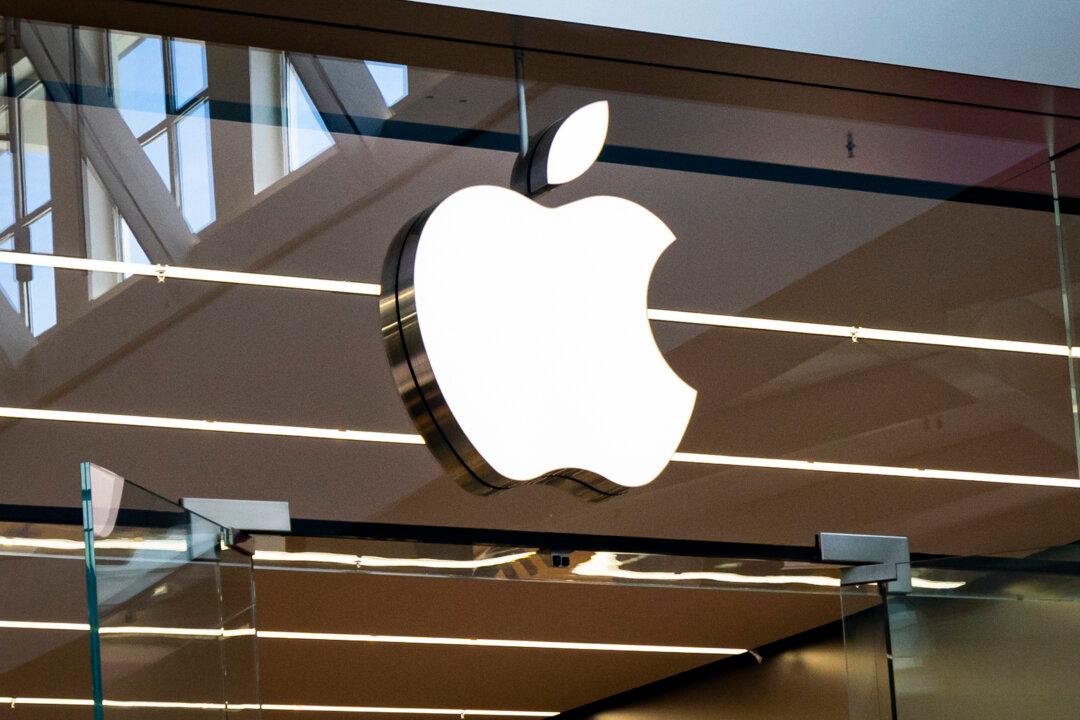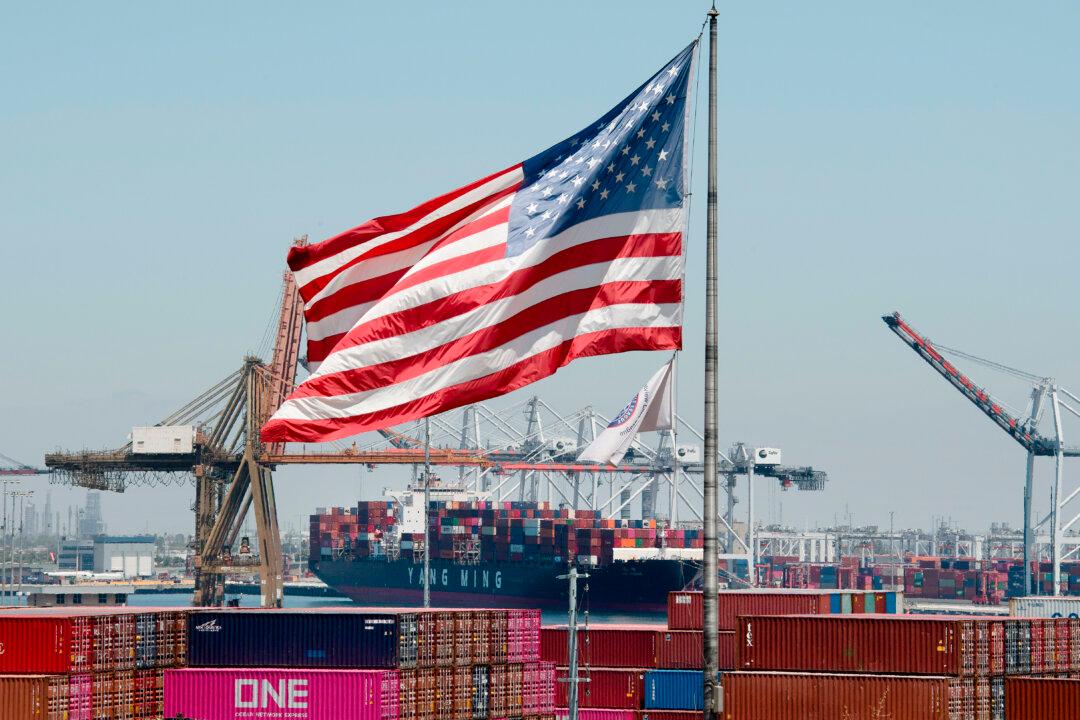The number of U.S. workers seeking unemployment benefits last week ticked down by 7,000 to its lowest level since March, when CCP virus lockdowns threw the economy into a tailspin.
A report from the Labor Department on Nov. 5 (pdf) showed that 751,000 people filed for state unemployment benefits in the week ending Oct. 31, a drop from last week’s revised level of 758,000. Weekly jobless claims hit a record 6.867 million in March and, aside from several upticks, have fallen ever since, although at a slowing rate.





